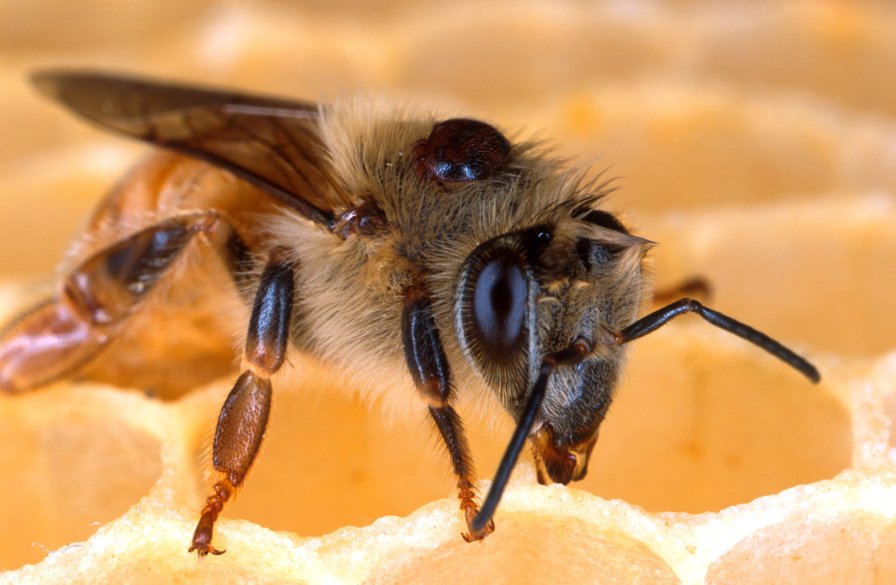



Article by: Hari Yellina
In response to the discovery of varroa mite in hives at a blueberry farm, beekeepers on the NSW Mid North Coast are the most recent to prepare to destroy their hives. A 10-km eradication zone has been set up because the deadly bee parasite has been found in Nana Glen, 25 kilometres inland from Coffs Harbour. Since an initial case in the Port of Newcastle last month, there have been 43 detections. “I’m astounded. I’m heartbroken, “Alan Elks, a beekeeper said. The hives of Mr. Elks’ family, who have kept bees in the region for many generations and are located within a few kilometres from the detection site, are in the eradication zone. Mr. Elks claimed that he had to hear about the discovery at his door from another beekeeper.
Prior to the implementation of the statewide freeze on bee movement, NSW Agriculture Minister Dugald Saunders stated that the hives had already been relocated this year. The good news is that we can still directly connect every single example we’ve encountered so far, which shows that we have a strong handle on the matter, according to Mr. Saunders. Mr. Elks said he was emotionally affected by the thought of losing his bees and lacked trust that the outbreak could be managed. “It’s like losing half your family when you lose your bees. The bees will never be replaced by money, “said he. The outbreak was the “last thing” the sector needed, according to NSW Apiarists Association President Steve Fuller, who expressed optimism that the infestation was being controlled. He projected that about 15 beekeepers in the area would be affected.
These bees have been linked to a Newcastle beekeeper who claimed to have released them around April of this year, according to Mr. Fuller. “Therefore, we can directly trace it to Newcastle.” According to Mr. Fuller, contact tracking only functions when beekeepers are truthful. “We would have known about this weeks ago,” he continued, “if everyone been forward and honest with DPI at the start and told them where their bees and where they’ve relocated everything.” Mr. Fuller has 1,200 hives in the emergency zones and anticipates destroying the 200 in the red zone during the next few days. He remarked, “It’s the worst-case situation.
“For the Coffs Coast, it’s the most convenient location to do it. It has locked us all in because it consumes roughly 80 to 90 percent of the local berry-growing sector. Everything is currently at a stop.” To reduce additional danger, Mr. Saunders stated that contact tracking and surveillance would be conducted in the Coffs Harbour area. Next in line of concern is the effect on the region’s agriculture sector, which depends on 5,000 hives to complete the pollination of the blueberries, raspberries, blackberries, avocados, and macadamias in the area through the end of September. The executive officer of Berries Australia, Rachel Mackenzie, claimed that pollination was absolutely necessary for the rubus business.
According to her, it was extremely discouraging and disastrous for growers within the 10 kilometre zone. It “has consequences for the larger industry,” according to Ms. Mackenzie. Ms. Mackenzie stated that in order to comprehend the ramifications, they were collaborating with the NSW government. “We will work to achieve the greatest possible solution, one that strikes a balance between the biosecurity problem we have and the necessity for our growers to have access to pollination services,” she said. The Department of Primary Industries is entrusted with collaborating with the sector to identify the most effective fixes.